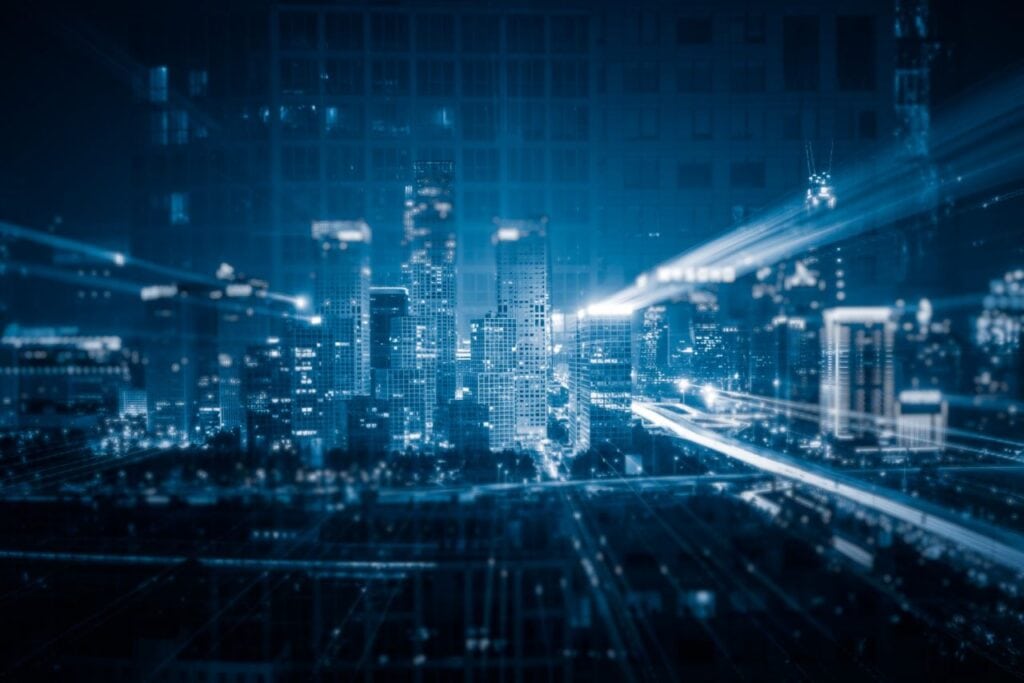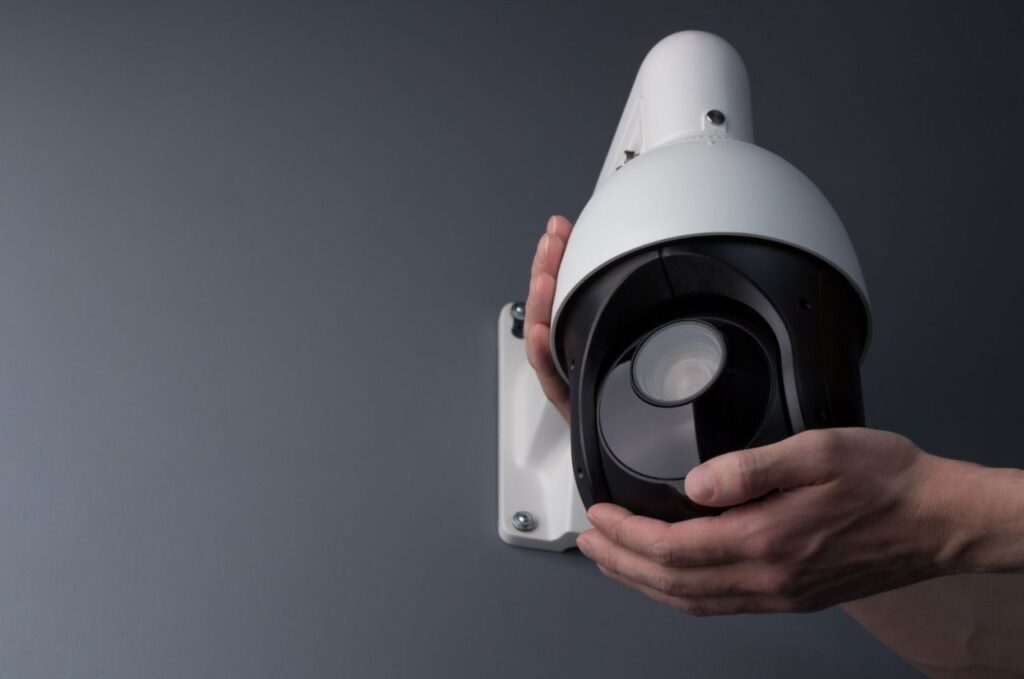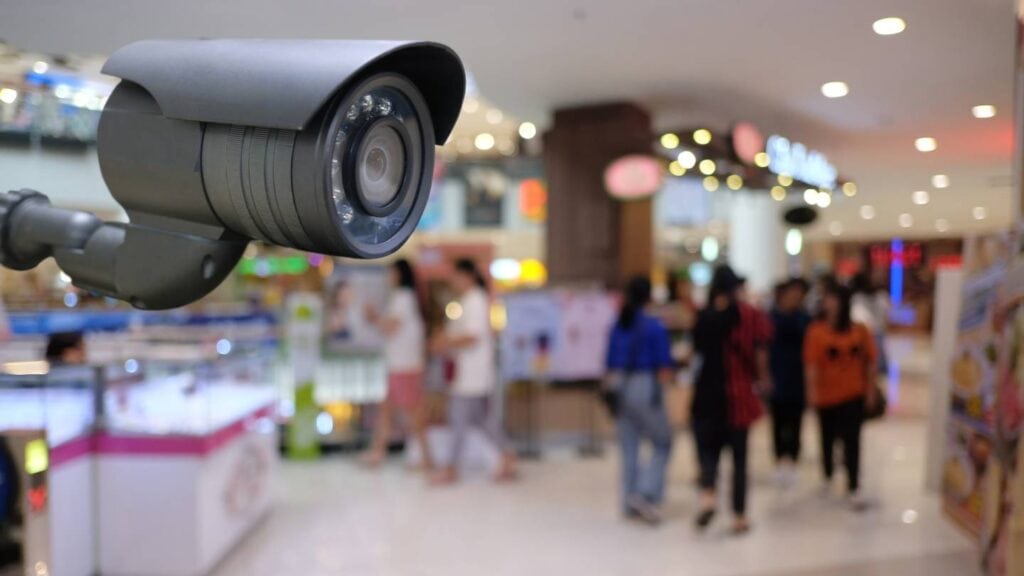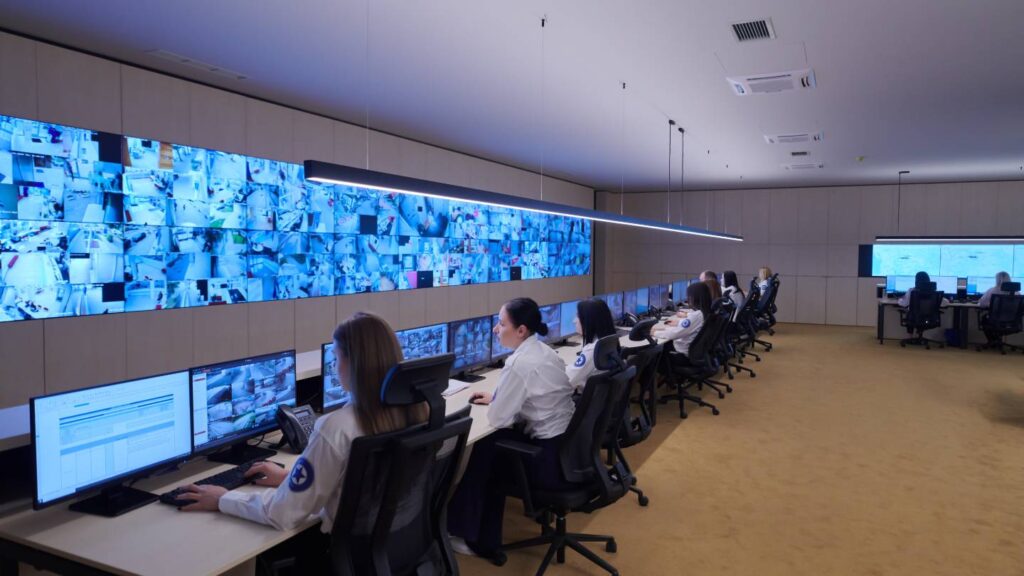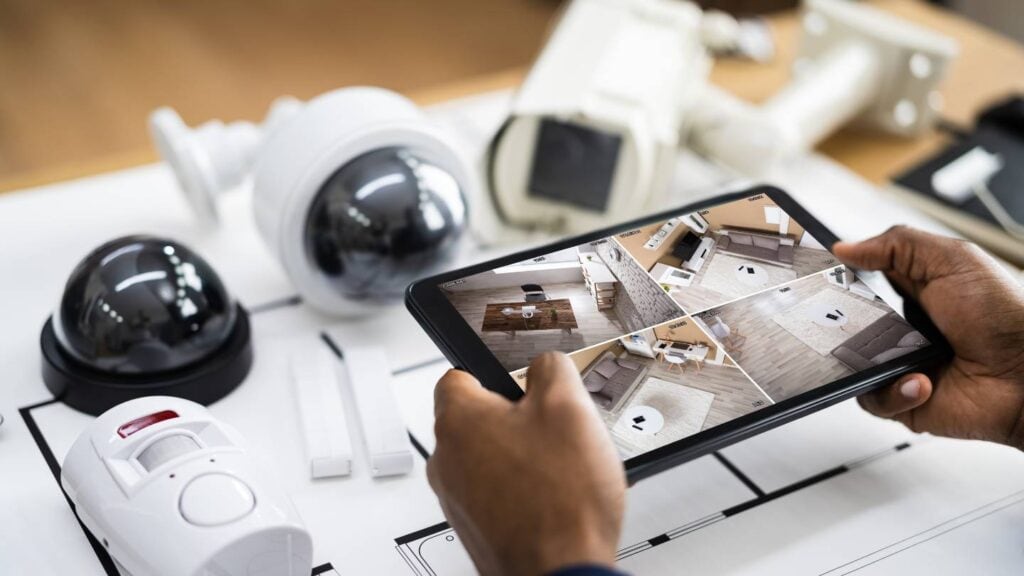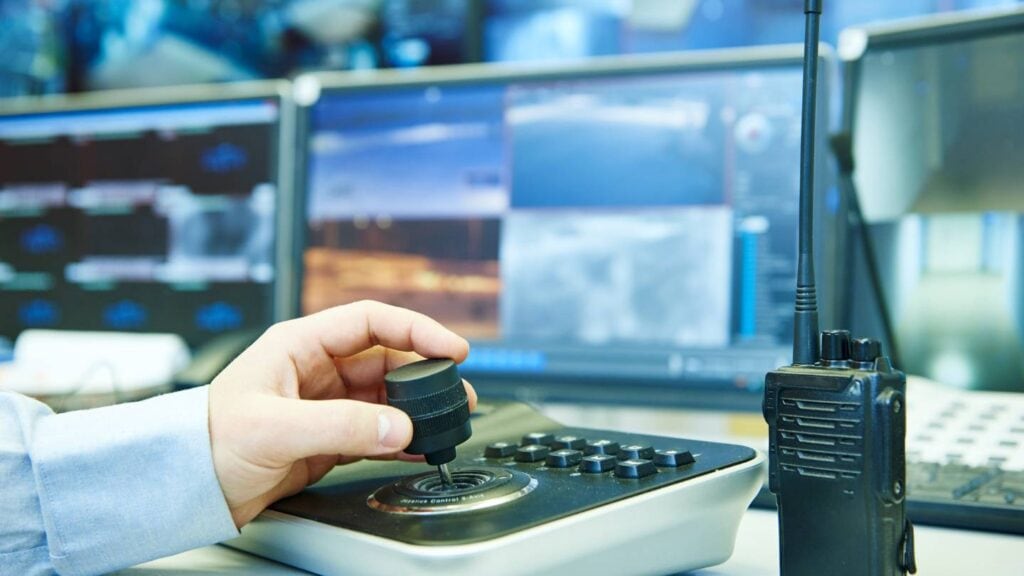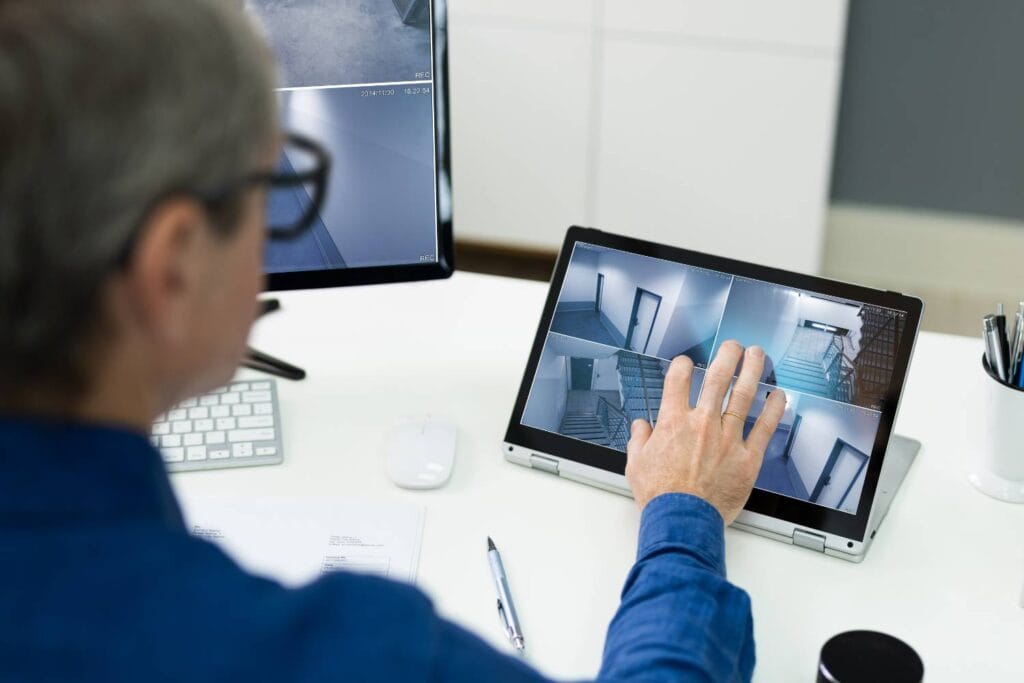Security has assumed critical importance in today's retail environment for both the store's assets and the customers' safety and satisfaction. Integrating several security components is crucial due to the increasing complexity of security concerns in physical and digital retail environments. Many security guards and company owners in the retail sector want to know, "What Are The Key Components Of An Integrated Retail Security System?"
Theft, fraud, and other security risks can be mitigated using an integrated retail security system, which combines various technologies, procedures, and tactics. This all-encompassing strategy integrates cyber defences, such as solutions for protecting data and networks, with physical security measures, like anti-theft devices and surveillance cameras. By mastering and applying these critical elements, merchants can fortify their defences against possible dangers and boost operational efficiency.
Integrated Security Solution Components
At Integrated Security Solutions, we develop an integrated security concept that considers the following elements: In addition to consulting the company's security risk assessment, we implement a good security system.
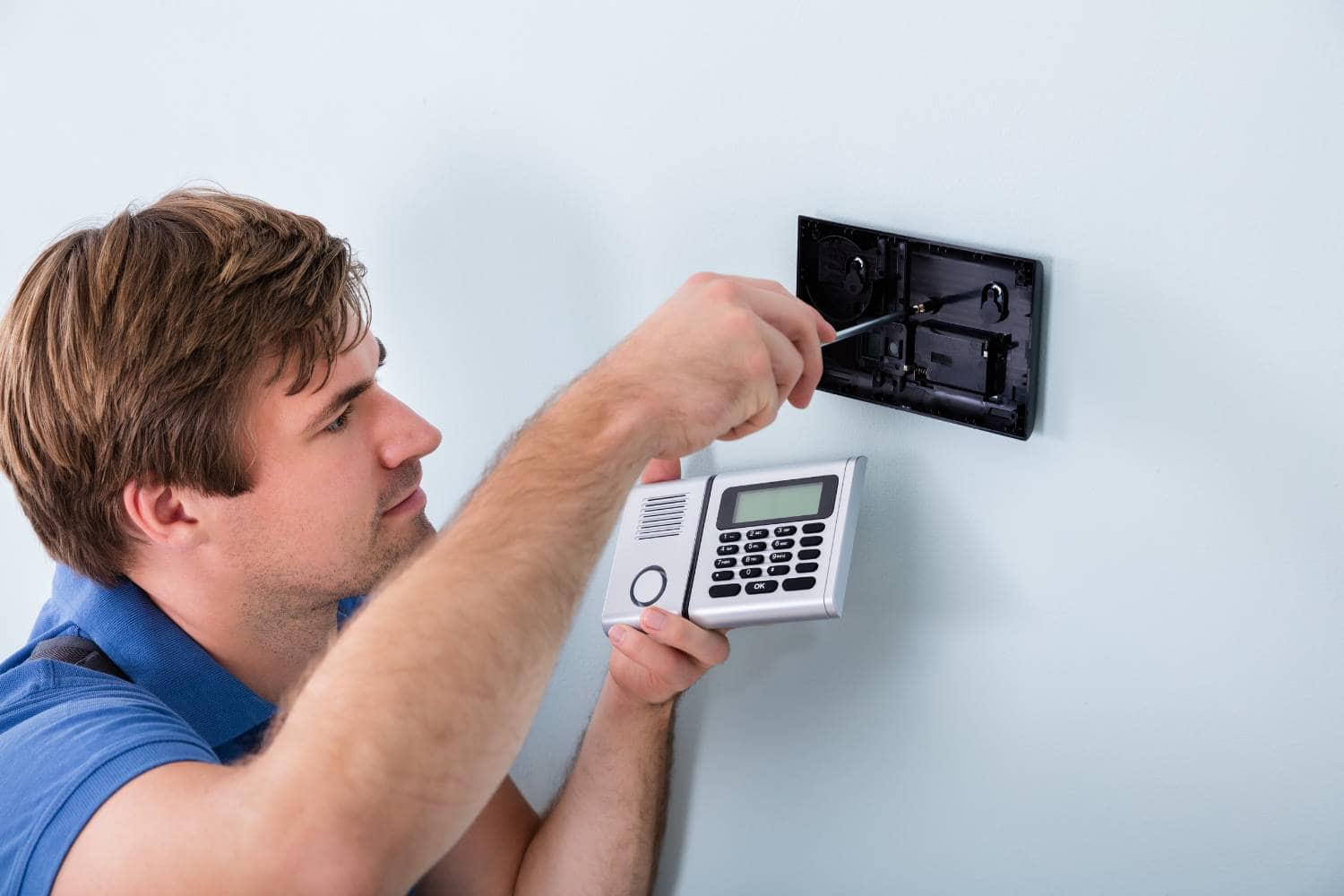
Detect, Dissuade, Delay, Respond
Any security idea worth its salt will be able to keep tabs on the region around the business and identify any possible weak spots. This is known as detection. This detection is carried out by utilising security technologies like CCTV, PIR, etc., or by relying on the five senses of security personnel—sight, sound, smell, touch, and hearing—.
As an alternative, a security system's detection and deterrent mechanisms work to forestall any activities that might compromise a business's safety. Distributing security guards to high-risk zones is one strategy under consideration.
In contrast, "delay" refers to ideas and actions that can impede the entrance of potential dangers. At the same time, "response" describes what to do in the event of an incident or accident within the company's jurisdiction.
Using Environmental Design To Reduce Crime
Integrated Security Solutions must also develop a concept for environmental design that can deter criminal activity by utilising territoriality, surveillance, access control, and the ideas above. When it comes to protecting assets, territoriality is all about considering each area's unique qualities. On the other hand, surveillance is all about keeping an eye on anything that can compromise security, while access control is all about deciding who gets to what places.
Protected Areas
Integrated Security Solutions necessitates the creation of security zone maps to provide the utmost protection for every place. This zone encapsulates all potential locations—public spaces, restricted operating areas, etc.—where security regulations can be implemented to regulate the flow of people and things.
Safety In Depth
Multiple layers of protection are essential to the Integrated Security Solutions concept. To build a robust security system, it is necessary to employ a security technique known as security in-depth, which consists of numerous levels of protection.
When it comes to safeguarding crucial business assets, these security measures are invaluable. Video monitoring, gate barriers, visitor control systems, and the deployment of security officers to various locations are some of the technological and human-based approaches used.
Protection From Fire
The safety of people, property, and treasures is severely compromised in the event of a fire. Placing a fire management system—also known as a fire system—into an area or building is an attempt to make it fireproof. There are three types of fire systems: alarm, suppression, and hydrant.
- Fire Alarm System: The primary feature of any fire detection system is the fire alarm system, which serves as a warning & evacuation mechanism and can be activated automatically using a detector or manually by a switch. It communicates with the main panel and any backup panels via this system. Additionally, the Fire Brigade can be notified immediately through this technology.
- Fire Suppression System: An automatic system that uses chemicals or gas to put out fires is called a fire suppression or fire prevention system. The gas types employed can vary, but some examples are the CO2 System, the Argonite>IG-55 System (which is 50% nitrogen and 50% argon), and the NOVEC 1230 FK 5-1-12/C6F12O.
- Fire Fighting System (Fire Extinguishing System): Every part of the fire suppression system, from procurement to installation to design, must be ready to work according to fire suppression standards. Fire extinguisher systems, including fire pumping systems, hydrant systems, spray systems, and so on.
A fire alarm system's primary function is to detect fires before they spread, alerting nearby residents to evacuate the building or taking other immediate measures to put out the blaze.
System For Managing Parking Spots
Methods for managing parking spaces for vehicles are the focus of the parking management system. How can the system manage parking rates, entry and exit hours, available spaces, gate access, and other pertinent information?
Regarding the security industry, parking management is crucial in preventing car theft. Consequently, this system may aid parking lot supervisors in safeguarding autos, and it can also aid vehicle lot supervisors in comprehending the system's reach and position, leading to more accurate security metrics.
System For Guard Tour Patrols
As part of their responsibility to keep the peace and prevent criminal activity, security guards must be organised and given certain patrol schedules to follow.
The Security Officer's Tour Patrol System, a tool for security officers to control and monitor patrols, inspects every point, area, and location and is adequately supplied with patrol data for this duty. Additionally, this method can be utilised to verify that security guards are present at a specific location and at the designated time.
Several advantages are associated with this security tour patrol system:
- Eliminate the need for taking notes by making security patrols easier.
- Boost patrol efficiency for better security.
- Give a hand while compiling reports detailing patrol outcomes.
Lights For Safety
Regarding physical security, "security lighting" refers to any lights put up around a business to deter or identify intruders. It can also be utilised to enhance the company's perception of security.
One of the primary functions of security lighting is to activate the alarm if it is obstructed by anyone, thus protecting the area from unwanted visitors. One option for security lighting is to install timers that turn on at specific times and turn off at certain times in the morning.
A few examples of popular security lighting options are:
- Worksite safety lighting is made possible by solar-powered portable work lights
- Solar LED lights for outdoor gardens (waterproof wall light), solar-powered home security lights for front porches
- Safeguard against floods with motion-activated lighting
- Outdoor solar lights made of light-emitting diode cells for use as streetlights
Door, Lock, And Key Systems
Modern security systems include various equipment, such as video recorders, doorbell cameras, motion detectors, and intrusion sensors for windows and doors. All of these gadgets share the ability to collaborate to guarantee the safety of your house, family, and belongings.
Locks with a more complex locking mechanism than conventional locks that nonetheless need a key to access are called smart door locks. A wide variety of smart door locks are on the market, including keypad, fob-enabled, portable, and biometric. A smart lock door can be operated remotely through a computer or mobile device when linked to a network.
The Many Retail Store Security Options
Retail establishments have specific security requirements, but there are various options. Now, we will take a look at a few of the most popular systems:
CCTV Cameras And Systems For Surveillance
A retail store's security system is only complete with surveillance cameras. By strategically placing cameras around your store, you can keep an eye on all the important places, including the entrances, registers, and storage facilities, which are prone to potential theft.
The most up-to-date CCTV systems include cutting-edge technologies like facial recognition, remote monitoring, and high-definition video. Purchasing a high-quality monitoring system makes your retail store more secure.
Retail Stores That Use Alarm Systems
Alarm systems are indispensable to deter intruders and identify suspicious activity. Sensors installed in key areas allow these systems to identify events such as forced entry, glass breaking, or movement. Store employees and authorised security staff are notified through an alarm when a security breach is discovered. As a deterrent, a blaring siren or alarm bell might make would-be criminals think twice before they break in.
Systems For Electronic Article Surveillance (EAS)
An EAS system aims to safeguard goods by applying unique labels or tags. Sensors installed at the store's exits detect these tags and sound an alarm if they need to be appropriately removed or deactivated. Shoplifting and inventory shrinkage can be effectively reduced with the help of EAS systems. They can also be connected to other security systems for an all-encompassing solution.
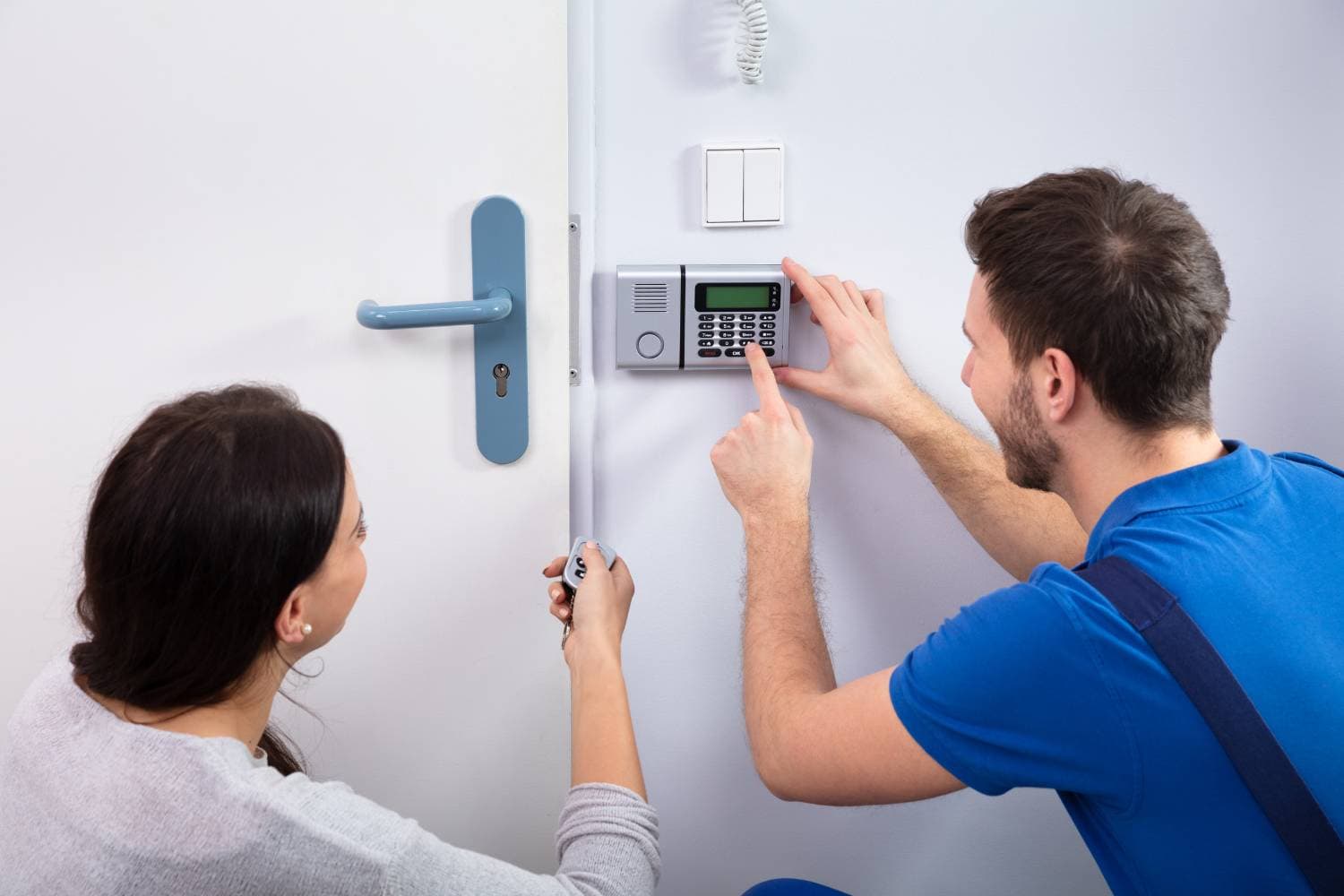
Important Security System Features
Several important features should be considered while selecting a retail store security system:
Capabilities For Monitoring In Real Time
Even when you can't be there in person, you can still keep a watchful eye on your store thanks to real-time monitoring. Try to find solutions that let you log in from a computer or mobile device; this will allow you to monitor live video feeds while receiving alerts when anything fishy happens. You may rest easy knowing that this feature will let you react quickly to any dangers that may arise.
Working Together With Other Systems
Integrating systems like fire alarms, control of entry, or inventory management allows for a more comprehensive approach to security. Integration makes streamlining operations and improving overall efficacy possible, enabling centralised monitoring and control. Retailers can find a one-stop solution for all their fire, smoke, security, & mass notification needs with systems like the EST3 & EST4 fire control panels.
Simple Operation And Maintenance
For efficient security administration, a user-friendly interface is crucial. Try to find simple solutions to set up and use so that you and your employees can get the information you need without any hassle. Think about the system's maintenance needs as well. To keep your security system running smoothly and with minimal downtime, it is essential to perform updates, troubleshooting, & servicing regularly.
Conclusion
An integrated retail security system is crucial for preventing theft, fraud, and other security risks in physical and digital retail environments. This strategy combines cyber defenses with physical security measures like anti-theft devices and surveillance cameras. Integrated Security Solutions develops an integrated security concept that considers various elements, including detection, deterrent mechanisms, environmental design to reduce crime, protected areas, security in-depth, fire protection, and parking management systems.
Detection involves using security technologies like CCTV, PIR, or the five senses of security personnel, while delay refers to actions that impede potential dangers. Environmental design uses territoriality, surveillance, and access control to deter criminal activity. Fire management systems, such as alarms, suppression systems, and hydrants, help protect people, property, and treasures from fires.
Security guards play a crucial role in maintaining peace and preventing criminal activity. The Security Officer's Tour Patrol System is a tool for controlling and monitoring patrols, ensuring guards are present at designated times. Security lighting, such as solar-powered lights, is used to deter intruders and enhance the company's perception of security.
Modern security systems include door, lock, and key systems, with smart door locks being a popular choice. Retail stores can use CCTV cameras, alarm systems, and Electronic Article Surveillance (EAS) systems to protect goods and reduce shoplifting. Important features of a retail store security system include real-time monitoring, integration with other systems, and user-friendly interfaces. Regular updates, troubleshooting, and servicing are essential for maintaining the system's efficiency and effectiveness.
Content Summary:
• Detection: Utilizes security technologies like CCTV, PIR, or the five senses of security personnel.
• Deterrent Mechanisms: Work to forestall activities that might compromise a business's safety.
• Delay: Ideas and actions that can impede the entrance of potential dangers.
• Response: What to do in the event of an incident or accident within the company's jurisdiction.
• Develops a concept for environmental design that can deter criminal activity.
• Territoriality: Considers each area's unique qualities.
• Surveillance: Keeps an eye on anything that can compromise security.
• Access Control: Decides who gets to what places.
• Creation of security zone maps to provide the utmost protection for every place.
• Security In-Depth: Uses a security technique known as security in-depth, which consists of numerous levels of protection.
• Fire Management System: Placing a fire management system into an area or building is an attempt to make it fireproof.
• Fire Alarm System: Serves as a warning & evacuation mechanism.
• Fire Suppression System: An automatic system that uses chemicals or gas to put out fires.
• Fire Fighting System (Fire Extinguishing System): All parts of the fire suppression system must be ready to work according to fire suppression standards.
• Manages parking rates, entry and exit hours, available spaces, gate access, and other pertinent information.
• Helps parking lot supervisors in safeguarding autos and aiding vehicle lot supervisors in understanding the system's reach and position.
• Security officers use the Security Officer's Tour Patrol System to control and monitor patrols.
• The system inspects every point, area, and location and provides patrol data.
• It eliminates the need for note-taking, boosts patrol efficiency, and aids in compiling patrol reports.
• Security lighting is used to deter or identify intruders and enhance the company's perception of security.
• Popular security lighting options include solar-powered portable work lights, solar LED lights for outdoor gardens, solar-powered home security lights for front porches, and outdoor solar lights made of light-emitting diode cells.
• Modern security systems include video recorders, doorbell cameras, motion detectors, and intrusion sensors for windows and doors.
• Smart door locks, with a more complex locking mechanism than conventional locks, can be operated remotely through a computer or mobile device.
• CCTV Cameras and Surveillance Systems
• CCTV systems use advanced technologies like facial recognition, remote monitoring, and high-definition video.
• Integration with other systems like fire alarms, control of entry, or inventory management.
• Simple Operation and Maintenance
• A user-friendly interface is crucial for efficient security administration.
Frequently Asked Questions
An integrated retail security system is a cohesive security framework that combines physical and digital security measures to protect retail assets, staff, and customers from theft, fraud, and other security threats.
Surveillance cameras are a fundamental component, providing real-time monitoring and recording capabilities. They deter theft, assist in identifying perpetrators, and integrate with other systems like alarm and access control for comprehensive security coverage.
Access control systems regulate who can enter or access certain areas within the retail space, ensuring that only authorised personnel can access sensitive areas, thereby reducing the risk of internal theft and enhancing overall security.
Absolutely. Cybersecurity is crucial for protecting the digital aspects of retail operations, including customer data and financial transactions. It involves firewalls, encryption, and other measures to safeguard against hacking, data breaches, and cyber fraud.
Anti-theft devices, such as electronic article surveillance (EAS) tags and RFID systems, help prevent shoplifting and unauthorised removal of merchandise by alerting staff of any unauthorised attempts to take items out of the store.



